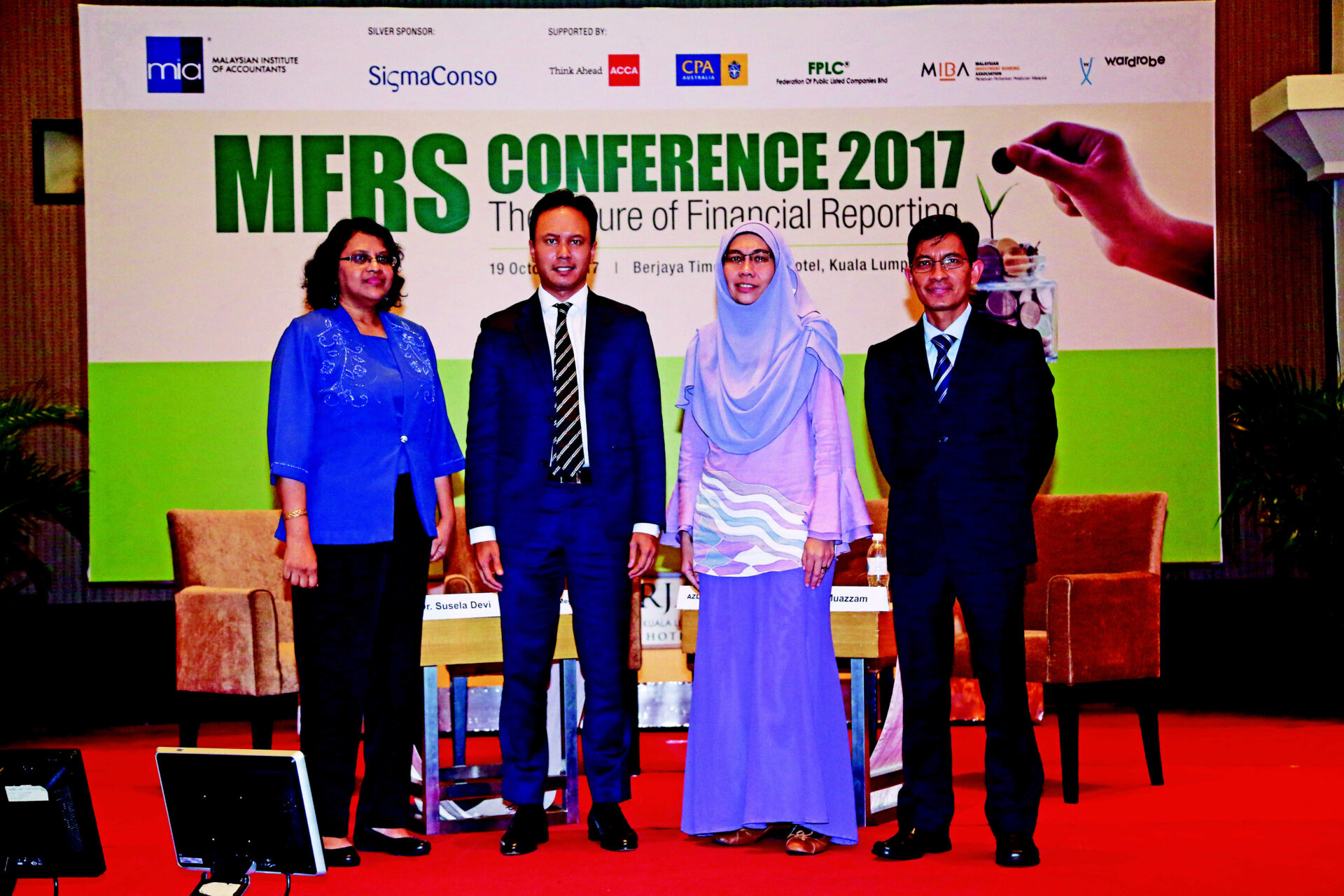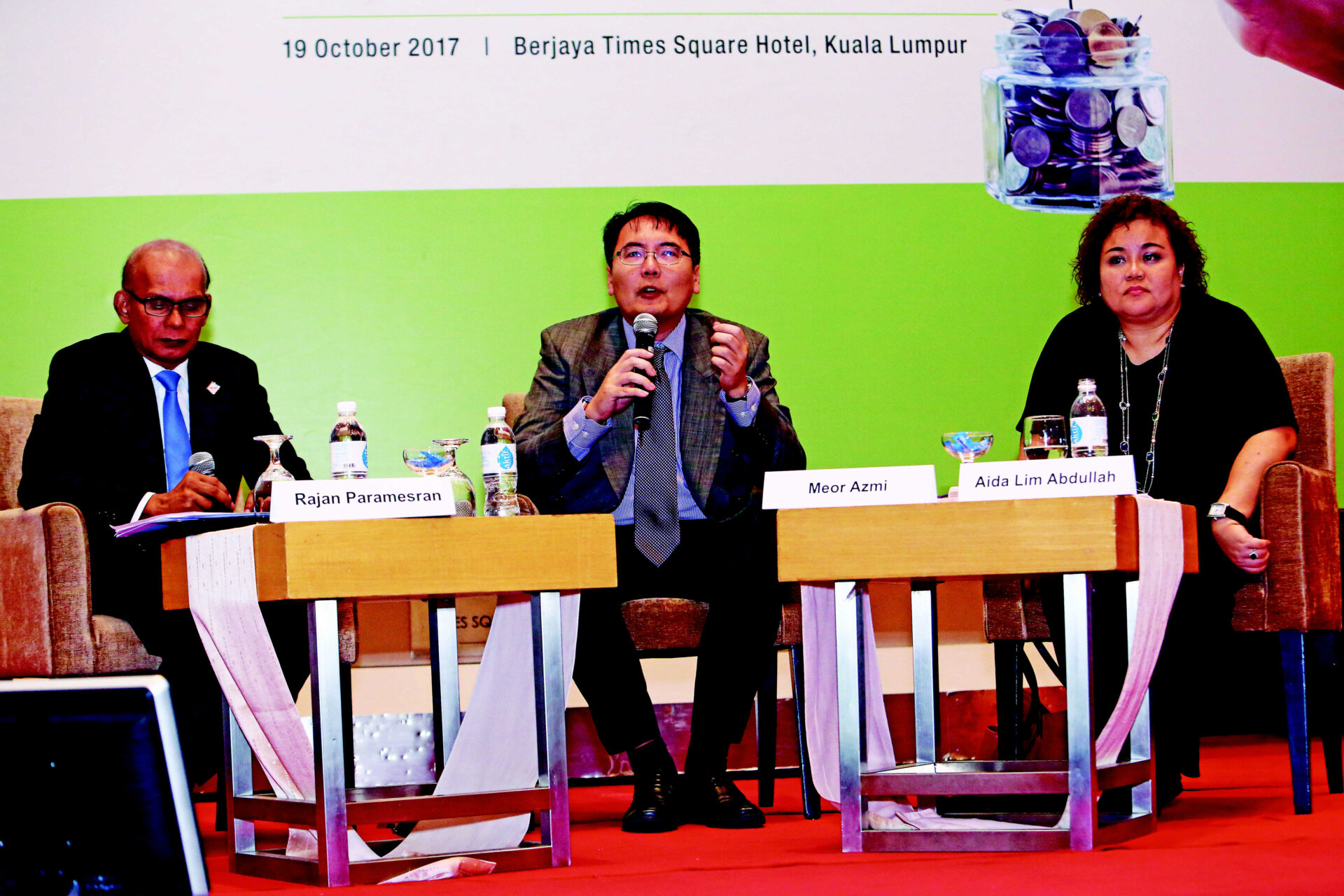How will MFRS 16 Leases impact the balance sheet and financial statements?
By Abdul Razak Rahman
MFRS 16 Leases is a mixed bag, according to Ng Swee Weng, Senior Advisor of BDO Malaysia, and the moderator for the session on MFRS 16 at the MIA MFRS Conference 2017.
“There is good and bad news on the implementation of MFRS 16 on Leases, which supersedes MFRS 117 and its related interpretations. The good news is that out of the trio of the new accounting standards, MFRS 16 is considered to be the easiest and also will be implemented last, effective for the annual periods beginning on or after 1 January 2019. The bad news is for the lessees since this new standard marks a new era for lease accounting as almost all leases will be recorded on the lessees’ balance sheet,” said Ng.
General Impacts and Tips for Implementation
In general, the new standard will have broad industry impact, with significant impact on the airline, retailing, transportation and energy industries, said Lee Soo Eng, Audit Partner of Mazars Malaysia. Most of the leases under these industries are currently off balance sheet and the requirement to capitalise the lease payments as ROU asset and lease liability will significantly impact their financial statements, especially for retailers.
For successful implementation of MFRS 16, the panellists advised businesses to take stock and review their existing lease contracts to understand and quantify the efforts required, including the necessary investment in the systems to capture the relevant information for measurement and disclosure. Revisit the important terms in the contracts such as renewable options or potential modification to lease contracts, to ensure that they meet the standard’s requirements. Last but not least, quantify the financial and business impact.
In addition to the impacts on the financial statements, companies need to undertake an in-depth review of the new standard and assess the wider potential business impact. The new accounting treatment will impact key financial indicators measured by stakeholders such as EBITDA, gearing ratio and return on equity, as well as the corresponding effect on debt ratios and bank covenants.
Companies must also redefine employees’ performance metrics or KPIs, and put in place systems and processes to ensure that all relevant information either for measurement or disclosure is available.
Impacts on Financial Statements
What can companies expect?
As it is no longer considered an operating lease, the straight-line rental expenses will be replaced by interest expense and depreciation in the income statement, resulting in a ‘frontloading’ effect which is similar to that of a finance lease. The leases are to be capitalised and recognised on the lessee’s balance sheet as a Right-of-use (ROU) asset and with a corresponding lease liability which represents the obligation to pay the lessor. Included in the capitalised lease payments are non-cancellable lease payments, any inflation-linked payments and the option periods which the lessee is reasonably certain to exercise.
Whilst the EBITDA of the lessee may improve, the combination of the straight-line depreciation and application of the effective interest method results in higher charge to the profit or loss in the initial years due to the ‘frontloading’ effect of the interest expense. Since MFRS 16 requires entities to record lease payments within the financing activities in the cash flow statement, lessees are expected to experience improved operating cash flow but lower cash flow from financing activities. For the balance sheet, the introduction of ROU assets will increase the assets with the corresponding increase in debts due to the capitalisation of lease liability. The current assets position is also expected to decrease.
Determining Rights and Control
The right to control is fundamental to MFRS 16, which defines a lease as ‘a contract, or part of a contract, that conveys the right to control the use of an identified asset (the underlying asset) for a period of time in exchange for a consideration’.
Chong Chen Kian, Audit Partner of KPMG Malaysia explained that the right to control the use of an asset is met when the lessee has the right to obtain substantially all of the economic benefits from the use of the asset throughout the period of use, and has the right to direct the use of the asset throughout the period of use.
As a reference point, the standard prescribes the guidelines in determining the right to direct the use of the asset. For an asset that is used to produce an output, examples of the pertinent questions would be who decides on what output to produce, when to produce such output and who operates the asset.
Sale and Leasebacks Less Popular?
MFRS 16 will also affect sale and leaseback arrangements. On the assumption that the arrangement meets the MFRS 15 requirement of whether the sale of the underlying asset has occurred, the gain on the disposal will be less since the seller or lessee can only recognise the amount of any gain or loss that relates to the rights transferred to the buyer or lessor.
If the transfer of the asset does not satisfy the requirements of MFRS 15 to be accounted for as a sale, the seller or lessee shall continue to recognise the transferred asset and shall recognise a financial liability equal to the transfer proceeds. Therefore, the sale and leaseback arrangement will be less popular with the introduction of MFRS 16.
Exemptions and Examples
BDO’s Ng pointed out two exemptions under MFRS 16, which are short-term leases of 12 months or less from the commencement date, and low value items with a value of USD5,000 or less when new. These exemptions, which are only applicable to lessees, are expensed off in the income statement. Chong further clarified that the USD5,000 threshold is not stated in the standard but only mentioned in the basis for conclusion paragraph. Since the threshold can be subject to exchange rate fluctuation, it is therefore advisable to fix the threshold as an accounting policy for consistent application.
For a short-term lease which is renewable on a yearly basis, it is important to apply the ‘substance over form’ principle in determining the period of use. An annual lease with renewable option, for example the lease of a profitable boutique, is deemed to be a long-term lease since it is reasonably certain that the lessee will exercise the option periods.
On the treatment of leasehold land under the new standard, Chong opined that the approach is to ask whether liability exists when a lessee signs the lease contract. Once a liability or a credit has been established, a corresponding debit must appear which shall take the form of ROU asset. This principle should therefore be applicable to leasehold land irrespective of the lump sum payment upfront.







